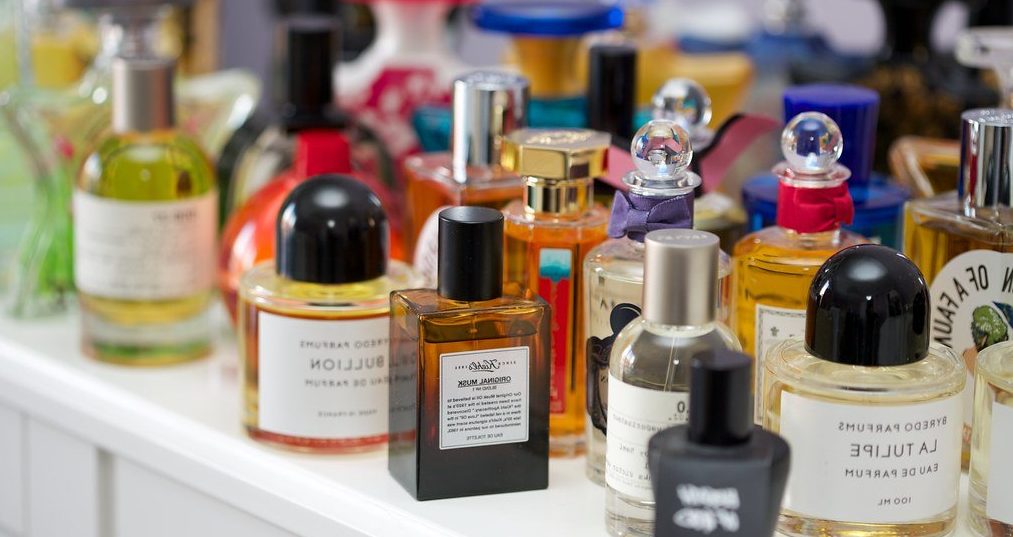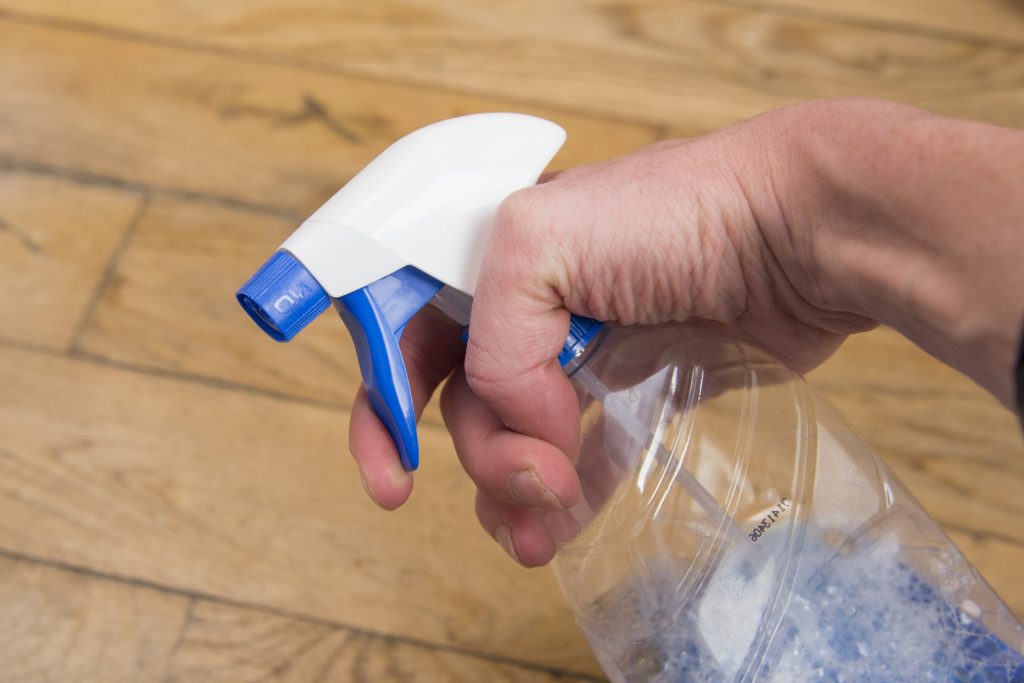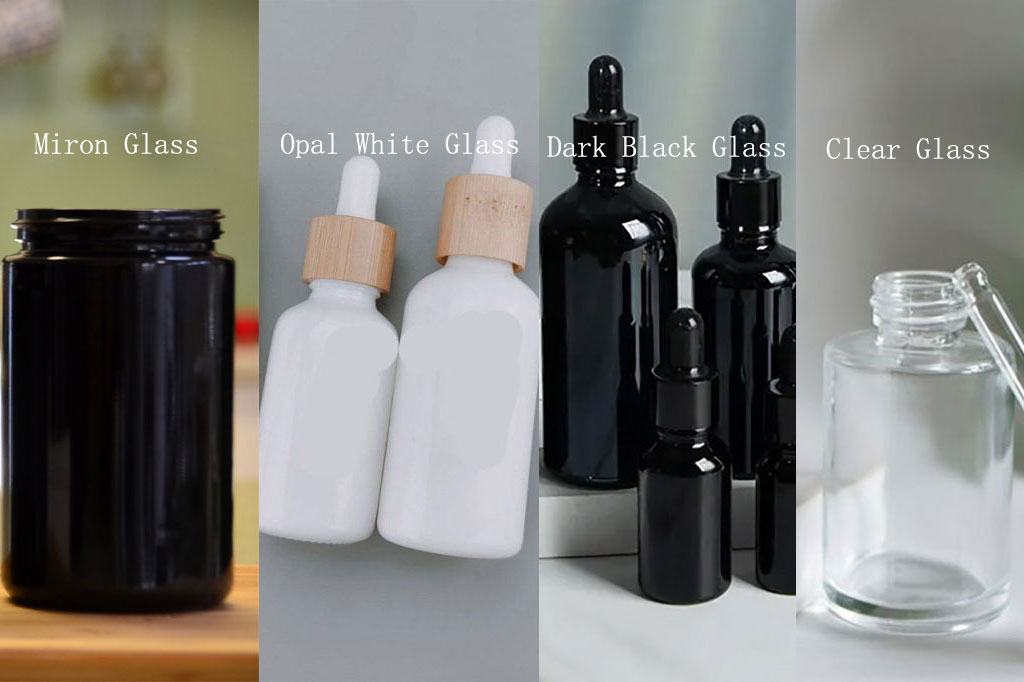Borosilicate glass has gained attention for its purported superiority over regular glass in cosmetic packaging and many other applications. But is it truly better?
In this article, we delve into the components, characteristics, advantages over regular glass, and different types of borosilicate glass to provide clarity on this matter.
What is Borosilicate Glass?
The borosilicate glass is made from 2 main ingredients: silica and boron. Silica’s melting point is very high (1730°C), to make this material be processed at a lower temperature and thus save energy, other components called fluxes are added. Also, other stabilizers (alkaline oxides, alumina, and alkaline oxides) are added to strengthen the glass, which gives it excellent properties.
The Composition of Borosilicate Glass
- 70% to 80% silica (main component)
- 5% to 13% boron trioxide (main component)
- 4% to 8% alkaline oxides (stabilizers)
- from 2% to 7% alumina (stabilizers)
- from 0% to 5% of other alkaline oxides such as calcium oxide, magnesium oxide, etc.
Borosilicate Glass Physical Characteristics
Property | Value |
Density | 2.23 - 2.35 g/cm³ |
Thermal Expansion Coefficient | 3.3 to 3.8 × 10^-6/K |
Softening Point | 820°C (1508°F) |
Annealing Point | 565°C (1049°F) |
Strain Point | 515°C (959°F) |
Refractive Index | 1.47 |
Thermal Conductivity | 1.2 W/m·K |
Electrical Resistivity | 10^12 Ω·m |
Chemical Resistance | Resistant to most chemicals, including acids and bases |
Optical Transmission | Excellent transparency in the visible spectrum |
Dielectric Constant | 4.6 - 5.1 |
Young's Modulus | 64 GPa (9.3 × 10^6 psi) |
Poisson's Ratio | 0.20 - 0.22 |
Hardness | 6 on the Mohs scale |
Advantages of Borosilicate Glass
- Excellent Chemical Resistance: Extremely high chemical stability and durability in corrosive environments.
- High Temperature Resistance: Excellent resistance to thermal shock and thermal gradients, and low thermal expansion.
- Excellent Mechanical Strength: Highly wear- and scratch-resistant, with reliable flexural strength and the ability to withstand demanding mechanical loads.
- High Transparency: Ensures excellent clarity and distortion-free light transmission over an extremely wide spectral range.
Types of Borosilicate Glass
Borosilicate glass comes in various types depending on the boron oxide content, which affects its properties. These types include:
- Low Borosilicate Glass: This type contains a lower percentage of boron oxide, typically ranging from 5% to 10%. It offers moderate thermal shock resistance and is commonly used in household items like cookware and drinkware.
- Medium Borosilicate Glass: With a boron oxide content ranging from 10% to 13%, medium borosilicate glass provides enhanced thermal shock resistance compared to the low borosilicate variant. It finds applications in laboratory equipment and industrial settings where higher durability is required.
- High Borosilicate Glass: High borosilicate glass contains the highest percentage of boron oxide, usually exceeding 13%. This type boasts superior thermal shock resistance and chemical durability, making it suitable for demanding applications such as laboratory glassware and high-performance optics.





